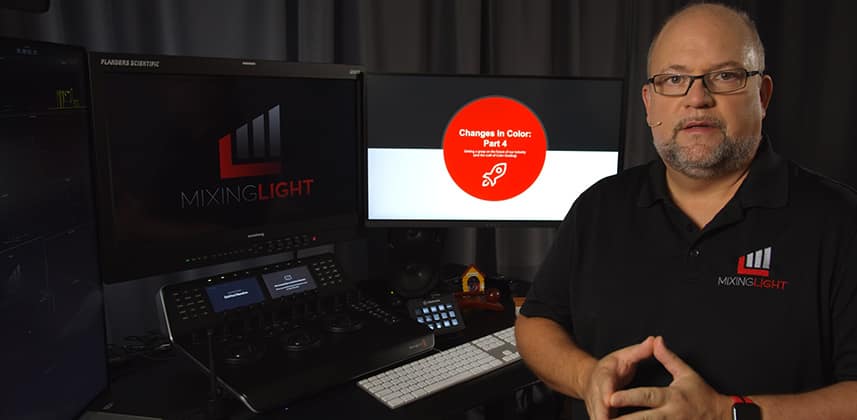| Series |
|---|
Part 4: The Evolution of Color Gamuts in Digital Video
If you’ve missed the first three parts of this Series then I strongly encourage you to start watching this Series from the beginning. This video builds on those previous Insights and assumes you’re familiar with those topics.
What is Wide Color Gamut and why is it evolving?
That’s the main question we explore in the final installment of this series. Similar to frame rates, color gamut is a slow evolving standard – often taking decades to change. Yet, today, we are in the middle of the biggest transformation of color gamuts in a lifetime. The entire film chain, from acquisition through display and distribution, is confronted with an evolutionary change that makes promises about tomorrow it can’t keep today.
Why is this happening? What’s pushing this forward? That’s what we’re talking about in this Insight.
Enjoy!
– pi
Member Content
Sorry... the rest of this content is for members only. You'll need to login or Join Now to continue (we hope you do!).
Need more information about our memberships? Click to learn more.
Membership optionsMember Login


